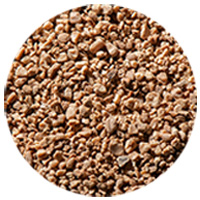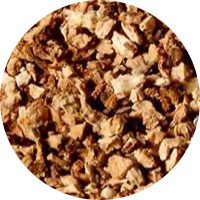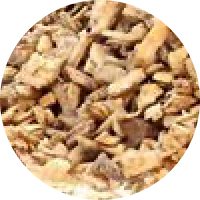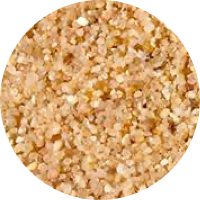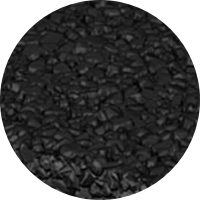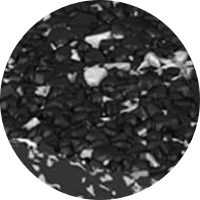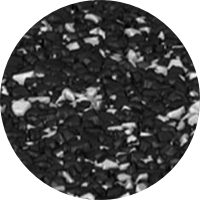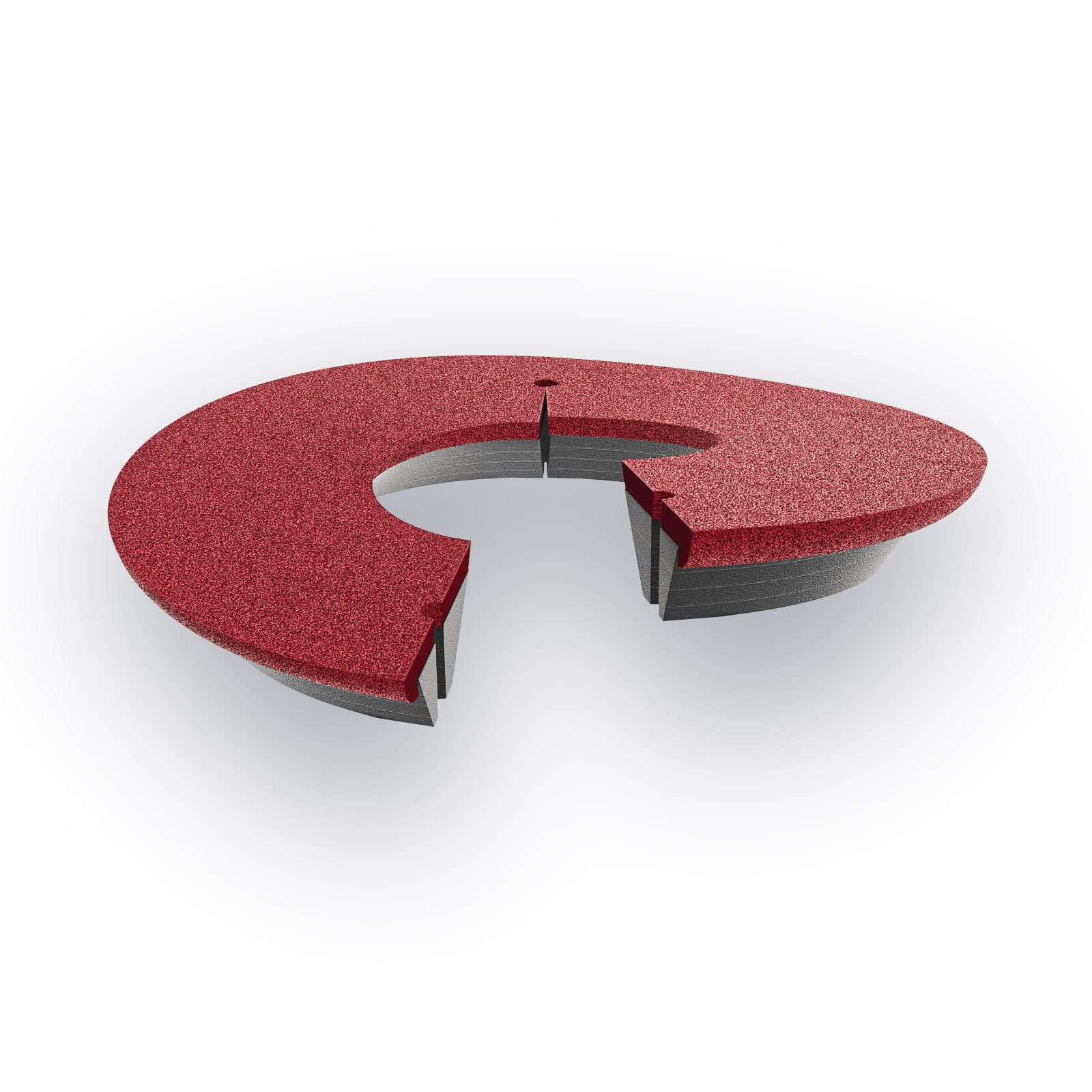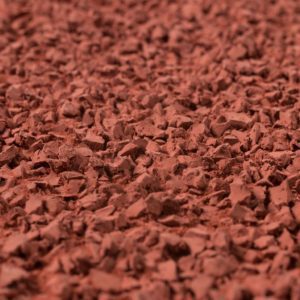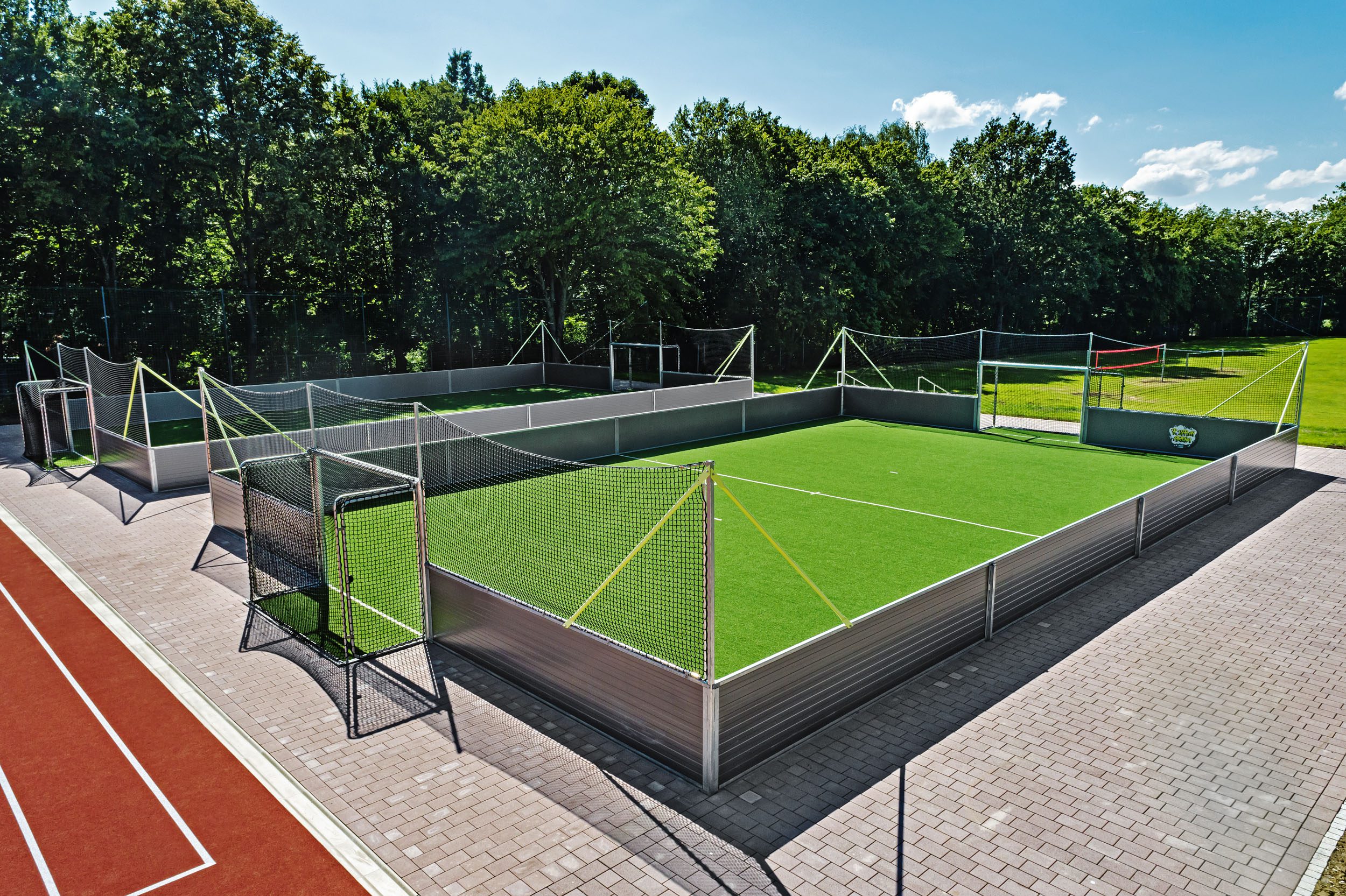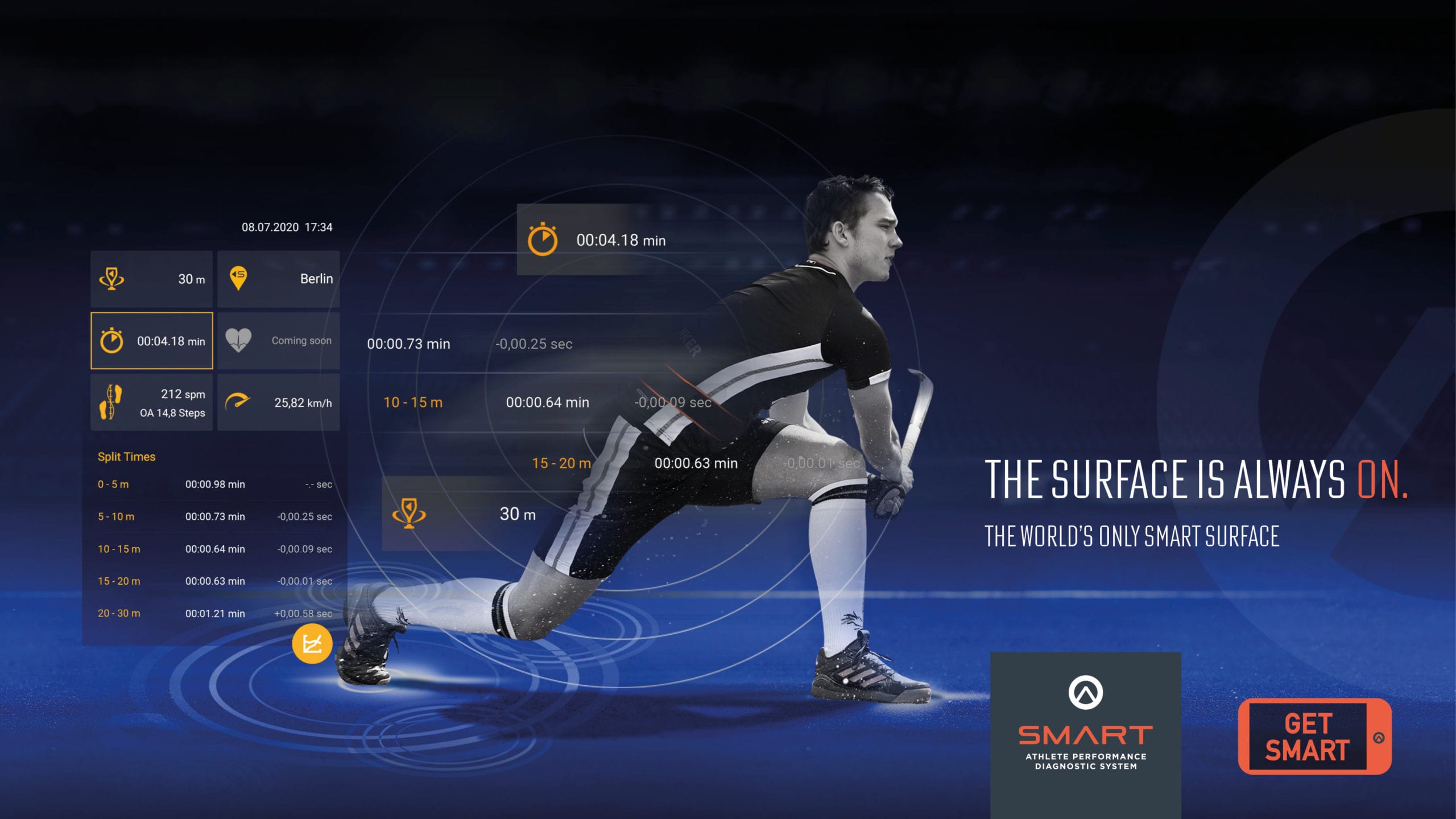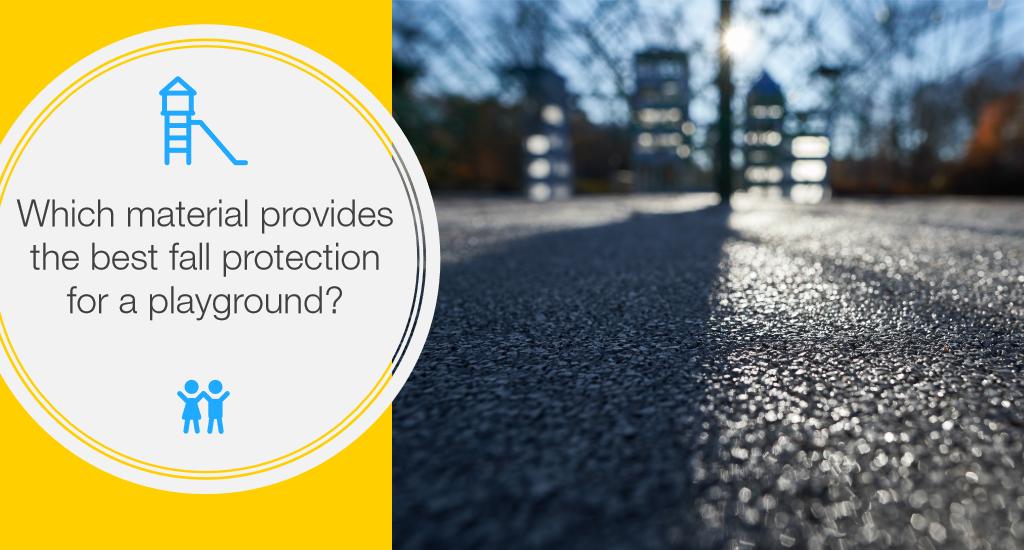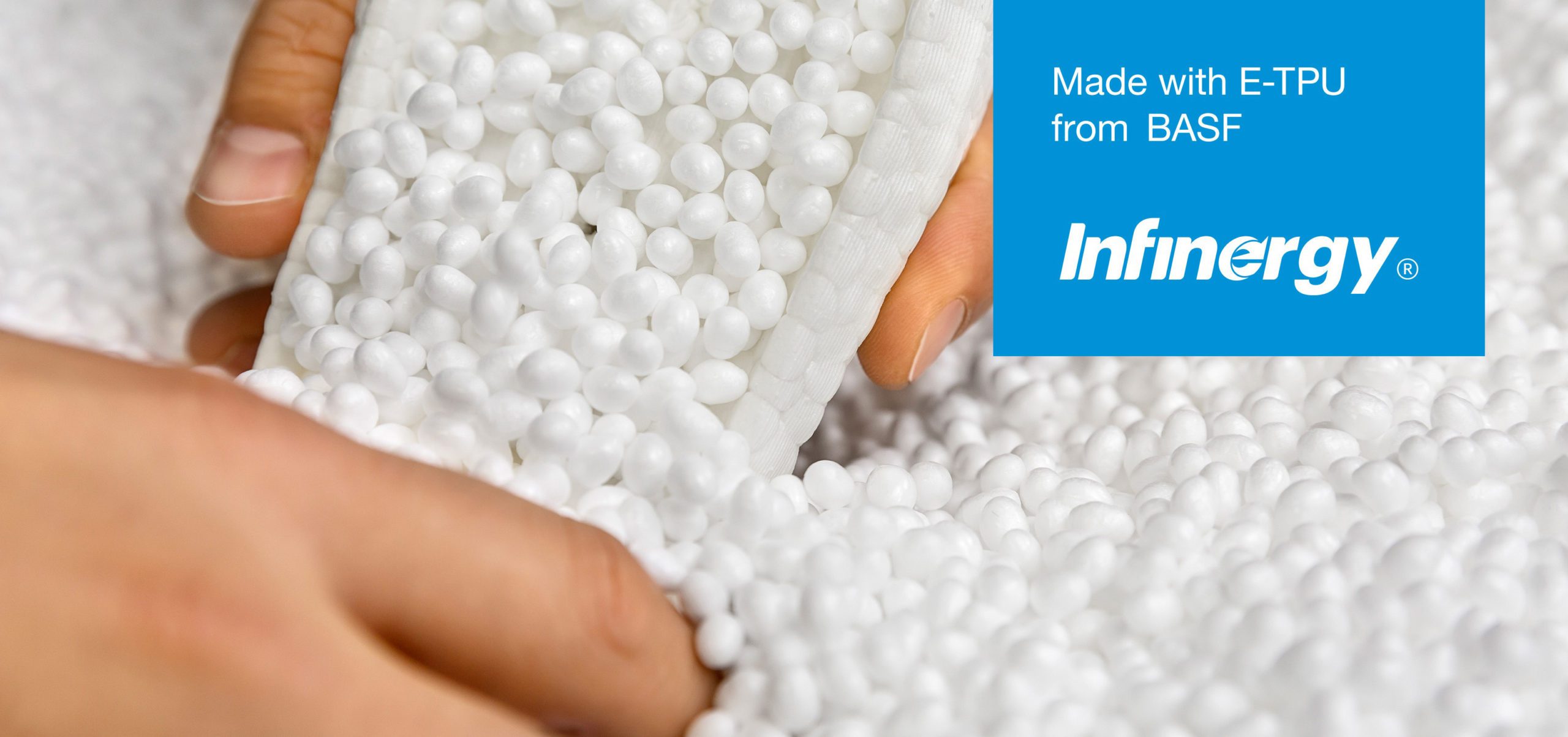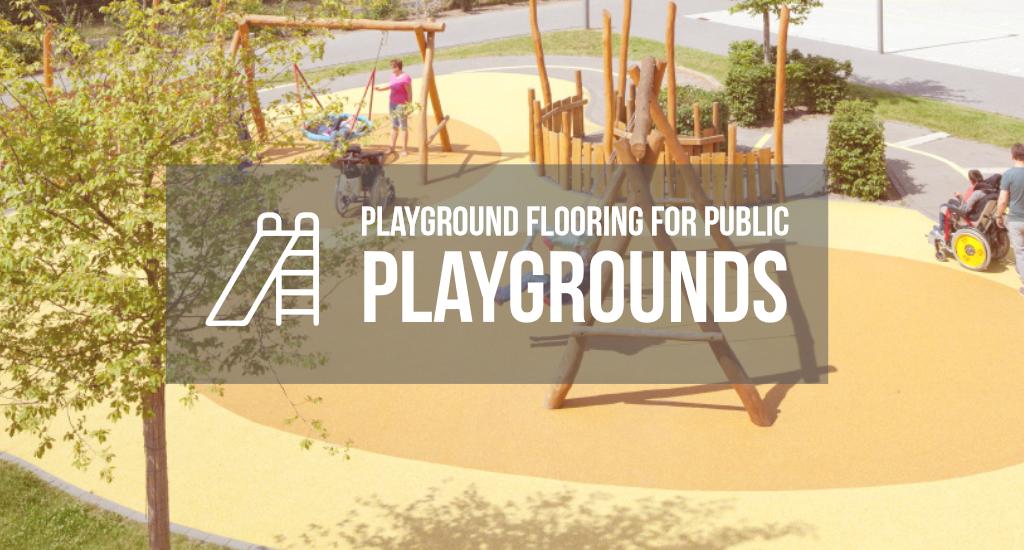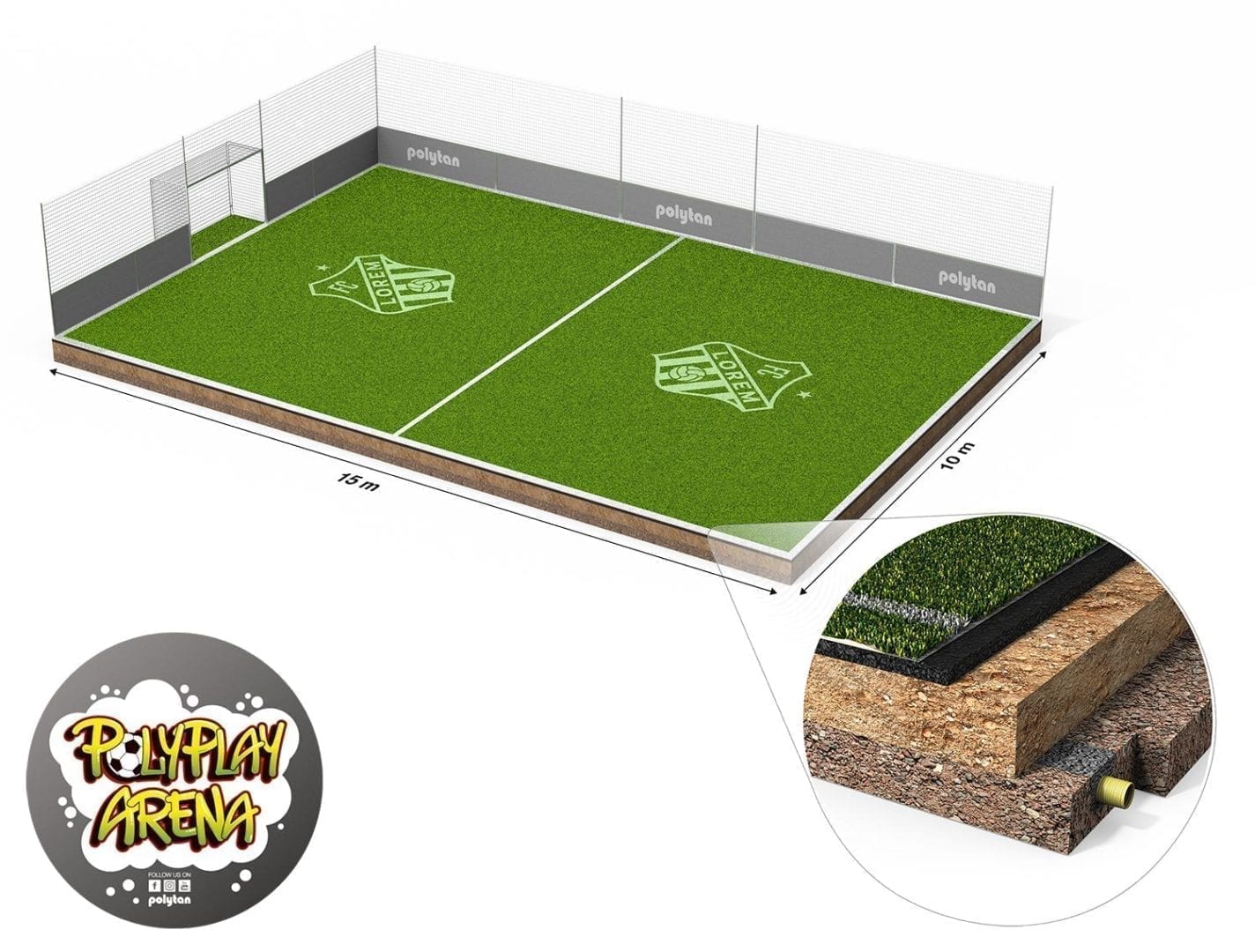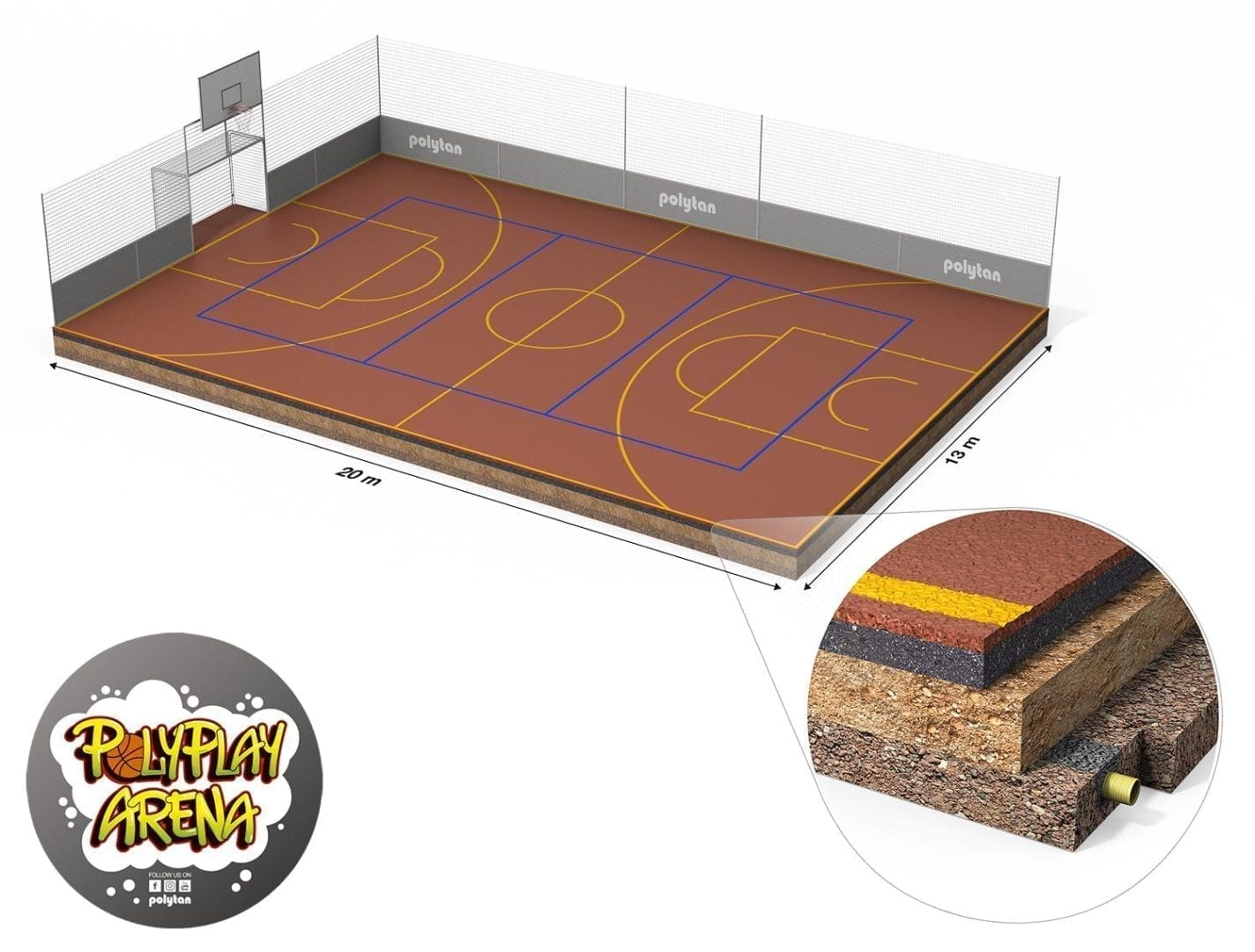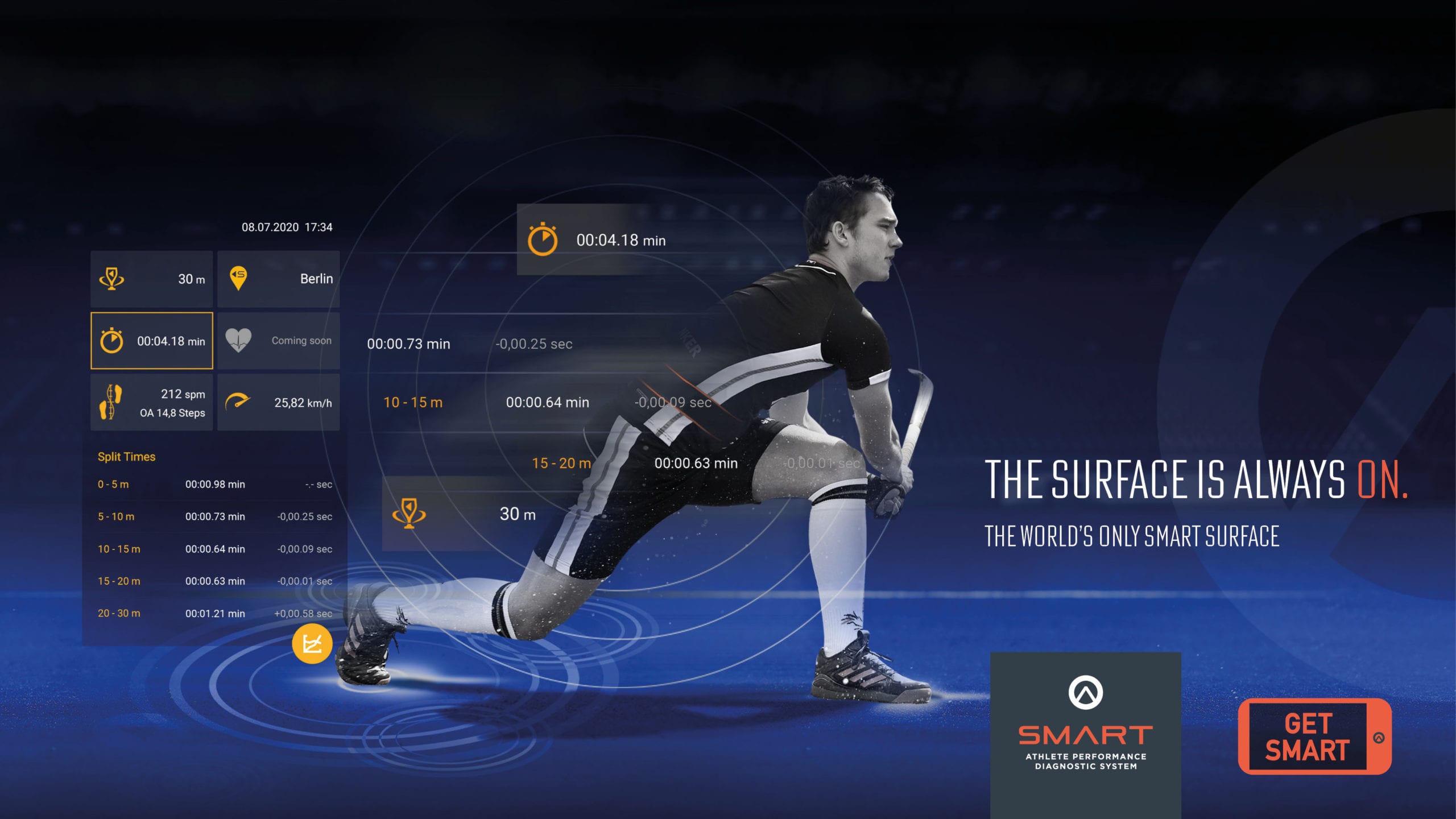A children’s playground can be quite a chaotic place: There is laughter, crying, complaining, celebrating – and in the heat of the moment it is easy to temporarily lose concentration. Which is okay, if serious injury can be avoided thanks to appropriate safety precautions. Having the right soft-impact surface in the playground is almost as important as having a guardian angel, something which reassures parents, educators and playground operators alike. In a public playground, child safety is the number-one priority. An important point for designers and operators to bear in mind: Playgrounds in kindergartens, day-care centres and schools are also classed as ‘public playgrounds’! This should be factored into the design from the beginning.
Playground inspections by experts
Playground operators are required by law to carry out regular playground inspections and to have their playground equipment tested in accordance with the DIN EN 1176 standard – in an annual general inspection (or an initial inspection after the construction of new equipment) by an expert playground inspector. These playground tests not only include an inspection of the general cleanliness of the playground, but also the maintenance and care of its flooring, planting and, in particular, equipment. However, the condition of some playground facilities suggests that not all operators are aware of their responsibilities, and act accordingly. This gives reason to fear that inspections will not take place, or at least not within the required time frame, that qualified personnel will not be used to inspect and rectify any shortcomings and that already recognised shortcomings will not be promptly dealt with.
What does a professional playground inspection involve?
Careful and regular playground inspections involve examining the access area, fencing and planting, ground, equipment (seating, waste bins) and of course the playground equipment itself. ‘Playground equipment’ refers to any permanently installed indoor and outdoor playground equipment. They can be used according to predetermined or personal playing rules and are intended for one or more users. They include climbing equipment and play towers, slides, seesaws, swings, carousels and ‘natural elements’ such as crawl tunnels and willow houses.
What safety requirements are in place for playground equipment and playground surfaces?
The above-mentioned DIN/EN 1176 has been in force since 1998, replacing the previously valid DIN 7926. This regulation defines the safety requirements for playground equipment and playground surfaces. Since the summer of 2009, the current DIN EN 1176 has been in force: DIN EN 1176:2008. All playground equipment located on publicly accessible playgrounds must meet these requirements. In addition to DIN EN 1176, the DIN EN 1177:2008 standard specifically deals with playground surfaces. This regulation prescribes playground soft-impact surfaces according to the size and thus the fall height of different play equipment, thus providing a legal framework for playground surfaces. The planning landscape architect can choose from among numerous products and design variants – in addition to conventional turf, bark mulch, sand, rolled gravel, wood chips, shock-absorbing rubber matting or a seamlessly installed EPDM synthetic soft-impact surface can also be used. In addition, some manufacturers, like us at Polytan, also have soft-impact surfaces for playgrounds with an artificial grass surface in their portfolio.

The requirements of DIN EN 1177:2008
Despite the diversity of available products, the landscape architect has to consider a few points which are mandatory for the requirements of DIN EN 1177:2008:
- In principle, all floors are allowed a fall height of up to 60 cm, including those made of stone, concrete and bitumen. For many activities, however, these floors are not recommended!
- Shock-absorbing floor coverings are mandatory over the entire impact surface where there is a free-fall height of 60 cm and above.
- However, where there is a potential drop of 1 m, topsoil (natural soil) is sufficient.
- Due to a Germany-wide exemption, grass is also allowed up to a fall height of 1.50 m. However, turf generally only provides effective fall protection if a closed lawn cover is permanently available.
- However, this is not always guaranteed in view of weather conditions such as frost or heat, or when the grass is subject to heavy use, for example, under swings.
- Where so-called ‘forced movements’ take place, such as around swings, slides and seesaws, a shock-absorbing surface is always prescribed.
What role does the HIC value play?
The extent of the shock absorption provided is measured using the HIC method. HIC stands for Head Injury Criterion and is an internationally used parameter for the severity of head injuries. Fall protection materials on playgrounds use a HIC value of 1,000 as their upper limit. This upper limit is intended to ensure that no head injuries involving permanent damage can be expected from any falls. As a general rule, the lower the HIC value, the better the child’s head is protected. From a fall height of 3 m, the law requires a fall protection device that cannot be climbed over.
Proven safety through RAL or DIN-Certco
Regardless of which shock-absorbing playground floor a landscape architect ultimately chooses, the prerequisite for their choice is an assessment of the surface in accordance with DIN EN 1177 by an independent testing institute. An enhanced level of safety is guaranteed by products that have been awarded a quality certificate in compliance with RAL or DIN-Certco (e.g. RAL GZ 943/3 fall protection surfaces). Here, independent testing institutes also verify whether the installed product systems meet the requirements of the quality and test specifications. Despite all the requirements and regulations, the various types of fall protection flooring available for playgrounds have advantages and disadvantages in their daily use and different fields of application – solely due to their material-specific differences. In the following, we list these advantages and disadvantages and evaluate them in order to provide guidance for the planning landscape architects.
Advantages and disadvantages of different fall protection surfaces for playgrounds
Understandably, the cost of fall-protection flooring plays a major role for builders, who are often operating in cities and municipalities. The fact is that loose bulk materials such as sand, gravel or wood chips are cheaper to buy than rubber matting or seamless plastic coverings for playgrounds. However, these lower acquisition costs are quickly offset by the comparatively high maintenance requirements of the materials in question.
Maintenance of bulk materials: Sand, gravel, wood chips
This is because conventional bulk material must be loosened, sieved and topped up at relatively short intervals – especially for intensively used floor areas such as the landing of a slide or under the seats of a seesaw. Sand, gravel, wood chips and bark mulch must also be regularly subjected to deep cleaning in order to protect children from dog waste and discarded rubbish. The shock-absorbing effect of bulk fall protection materials is also reduced or lost in damp conditions. In addition, the prevailing weather conditions in Central Europe cause the material to age, so that it ultimately has to be replaced.
Conclusion: Bulk materials of all kinds incur various material and personnel costs, which are repetitive and permanent, and which bring the lower purchase price into perspective – which is often not taken into account during the purchase decision.
Seamless EPDM synthetic playground coverings
Seamless synthetic covering surfaces made of EPDM (ethylene propylene diene M-class rubbers) or rubber matting sheets represent a hygienic alternative to loose bulk material; they are resistant to weathering and rotting and only have to be cleaned superficially. Their shock-absorbing effect is not diminished by damp conditions. In addition, water can drain quickly from synthetic fall-protection surfaces, as they are permeable to water. This prevents permanent puddles from forming and the surfaces dry quickly.
Maintenance of synthetic surfaces
Naturally, even synthetic EPDM surfaces do not have an unlimited service life. However they may well last ten or more years. However, this requires regular, intensive cleaning every two to three years, depending on the local conditions: Is the area predominantly in the shade? Does a lot of foliage fall on it? A disadvantage of synthetic surfaces is that only professionals can confirm whether their shock absorption is still intact. In contrast, rotted bark mulch or compacted sand is relatively easy for even laymen to recognise. On the subject of inclusion, seamless synthetic surfaces can once again demonstrate their advantages, as their smooth surface makes them easily accessible, even for wheelchair users. What’s more, bicycles, stilts and wheeled toys don’t leave any unpleasant marks on the surface.
Conclusion: With regard to hygiene, maintenance costs and service life, synthetic safety surfaces made of EPDM for playgrounds offer clear advantages over bulk materials. Moreover, purchase price, upkeep and lifetime are not the only criteria a landscape architect should consider when designing a playground. Synthetic safety flooring also offers great creative design potential. For a forest playground, natural fall protection materials are undoubtedly the right choice. However, the situation is quite different in urbanised areas. In this kind of setting, seamless synthetic surfaces can be used to create colourful, three-dimensional adventure landscapes. The smooth surfaces are non-slip and can be easily installed on curved and inclined planes.

How is a seamless fall protection surface built?
Seamless, water-permeable soft-impact surfaces, such as those available in the Polytan portfolio, have a two-layered structure. It consists of an approximately 15-mm-thick top layer of coloured EPDM granules and an underlying elastic layer of recycled rubber materials that is between 30 and 115 mm thick. The thickness of the base layer depends on the potential height of a fall from the respective playground equipment. As a rule of thumb: The higher the climbing tower, the thicker the base layer of the safety flooring will be.
How is a seamless fall protection surface installed?
At Polytan, a seamless EPDM fall protection system is installed on site using an in-situ installation method with the product in a liquid form. The granules are enveloped with a PU binder and firmly bonded together. The top layer consists of 1 to 3.5-mm-thick granules, while in the base layer they are 2 to 8 mm thick. The material is set and can be walked on within 24 hours.
PolyPlay FS – seamlessly laid fall protection flooring from Polytan
Our PolyPlay FS is a classic soft-impact surface offering a hygienic, safe solution for a wide variety of locations, from children’s play areas to recreational parks and rehab facilities. In its various built-in thicknesses, however, it is primarily used for playgrounds and kindergartens. Their optimal resistance to weather and rotting ensures a long lifespan and low maintenance costs. Our PolyPlay FS surface is available in various colours. In addition to being RAL-tested, our safety flooring is HIC tested according to DIN EN 1177 and ASTM F1292-09 (Sports Standards and Recreation Standards). With PolyPlay FS Nature and PolyPlay FS Fun, we have expanded our range of safety surfaces. Both products feature a textured, artificial turf surface and are primarily used in playgrounds and kindergartens as shock-absorbing soft impact surfaces in a variety of thicknesses.
PolyPlay FS Fun offers virtually unlimited possibilities for playful design, with a wide range of colours and inlays such as hopscotch or decorative elements for an individual touch. PolyPlay FS Nature features a BiColour design, making it perfect for soft impact surfaces that have to look as natural as possible. Whether you want a natural look or a playful colour scheme, PolyPlay FS Nature and FS Fun offer architects and planners myriad design options for play areas, educational facilities, adventure parks and landscaping. In contrast, synthetic safety flooring in sheet formats are available from other manufacturers, which arrive on-site as finished playground mats and are laid piece-by-piece in situ.
How are fall protection mats installed?
Most fall protection mats are sized at 50 × 50 cm or 50 × 100 cm. They must be installed according to a previously created installation plan. A level and stable playground surface is a prerequisite. The preparation and levelling of the substrate is particularly important when installing fall protection mats with a thickness of less than 30 mm. Because they are heavier, larger fall mats are also better on slightly uneven ground. However, it is advisable to lay a bed of sand or chippings, even for thicker slabs.
The material used for the safety mats’ bed must then be compacted to avoid any irregular sagging of the surface. In addition, the surface should be limited to the side, so that the safety matting cannot subsequently slip. On a bound surface such as asphalt or concrete, there is no need for an additional base layer. However, safety mats must be bonded together, either over the entire surface or laterally. If installation is not carried out in this way and the safety mats are loosely laid on such a surface, they will contract in the cold or expand in the heat. This will result in open joints, which become a tripping hazard in which dirt accumulates and from which weeds grow. This all entails unwanted and ultimately expensive maintenance and care work.
Conclusion about soft-impact surfaces on playgrounds
No matter which playground surface a playground designer or operator decides upon, the material should comply with fall protection regulations on the playground and be subject to regular playground inspections by playground inspectors.
Their full functionality is ensured through regular maintenance and care, even in the long term. Then, children can play and romp on a playground as they wish, whilst being reliably protected against major injuries by intact fall protection. Do you have questions about fall protection or do you want to carry out a construction project such as a public playground? Please don’t hesitate to contact us about the various options available in order to find the best and safest solution.

